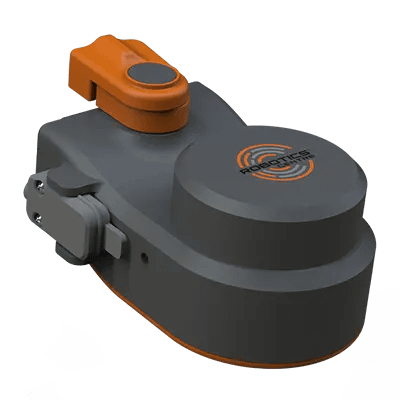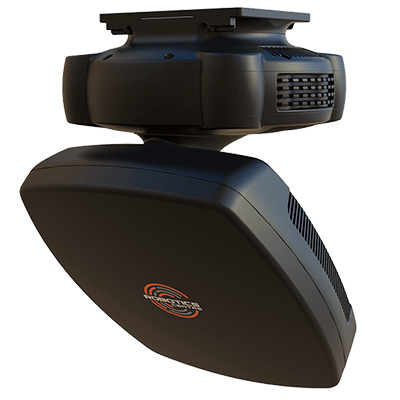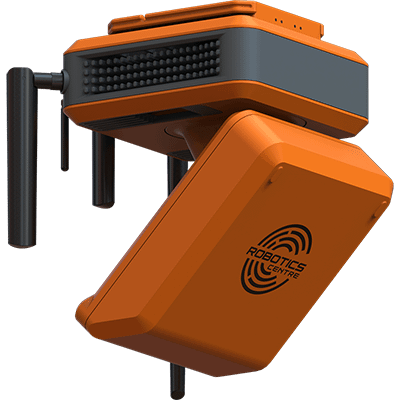Law Enforcement
From a law enforcement perspective, Unmanned Aerial Vehicles (UAVs), Unmanned Ground Vehicles (UGVs), and Remotely Operated Vehicles (ROVs) serve as crucial assets in enhancing safety, surveillance, and operational efficiency. Their application in law enforcement spans across border control, disaster response, and infrastructure protection, among other areas. Here’s how each of these unmanned systems contributes to law enforcement operations.

UAVs in Law Enforcement
Surveillance and Reconnaissance: UAVs are invaluable for aerial surveillance, offering real-time video feed and data collection over large areas. They are used for monitoring public events, detecting unauthorized border crossings, and conducting surveillance in high-risk areas.
Traffic Monitoring and Accident Analysis: In urban environments, UAVs assist in traffic management, accident analysis, and emergency response coordination, providing aerial views that help in understanding traffic flow and incident management.
Search and Rescue Operations: UAVs equipped with thermal imaging can locate missing persons in challenging terrains or during natural disasters. They are instrumental in quickly covering vast areas, significantly reducing search times.
Crime Scene Analysis: Law enforcement agencies use UAVs for aerial photography of crime scenes, helping in the reconstruction of events and collection of evidence without disturbing the scene.
UGVs in Law Enforcement
Bomb Disposal and Hazardous Material Handling: UGVs are routinely deployed in bomb disposal operations and handling of hazardous materials, keeping personnel at a safe distance while performing intricate tasks.
Patrolling and Surveillance: Equipped with cameras and sensors, UGVs can patrol predefined routes in sensitive areas, such as borders, prisons, or critical infrastructure sites, providing continuous surveillance without fatigue.
Crowd Monitoring and Control: Some UGVs are used for crowd monitoring and control, equipped with non-lethal deterrents. They can navigate through crowds to address disturbances or provide surveillance in areas where deploying personnel might be risky.
Support in Hostage and Barricade Situations: UGVs can deliver negotiation tools or supplies and provide real-time inside views of barricaded locations, aiding in hostage rescue operations.


ROVs in Law Enforcement
Underwater Inspections and Surveillance: In maritime environments, ROVs play a critical role in inspecting ship hulls, ports, and underwater infrastructure for contraband, sabotage devices, or structural vulnerabilities.
Search and Recovery Operations: ROVs are deployed in search and recovery operations to locate and retrieve objects or bodies from water bodies, minimizing the risk to divers in potentially dangerous or deep-water environments.
Environmental Monitoring and Response: ROVs monitor water quality and aquatic ecosystems near critical infrastructure, identifying potential hazards like chemical leaks. They also play a role in responding to underwater emergencies and environmental disasters.
Integrated Approach to Internal Security
The integration of UAVs, UGVs, and ROVs into internal security operations offers several advantages:
Enhanced Operational Awareness: These unmanned systems provide comprehensive situational awareness across different environments, aiding in informed decision-making.
Resource Efficiency: Automating surveillance and routine tasks with unmanned systems allows for more efficient use of human resources, focusing personnel on tasks that require human judgment and intervention.
Risk Mitigation: By deploying unmanned systems in potentially hazardous situations, the risk to human life and safety is significantly reduced.
Rapid Response and Flexibility: Unmanned systems can be quickly deployed and adapted to various internal security needs, providing flexible and responsive tools to address emerging threats and situations.
In conclusion, UAVs, UGVs, and ROVs represent transformative tools for internal security operations, enhancing the capabilities of security forces while prioritizing safety, efficiency, and effectiveness. As technology advances, the role of these unmanned systems in supporting and augmenting internal security efforts is set to increase, offering new opportunities to address the complex security challenges of the modern world.




